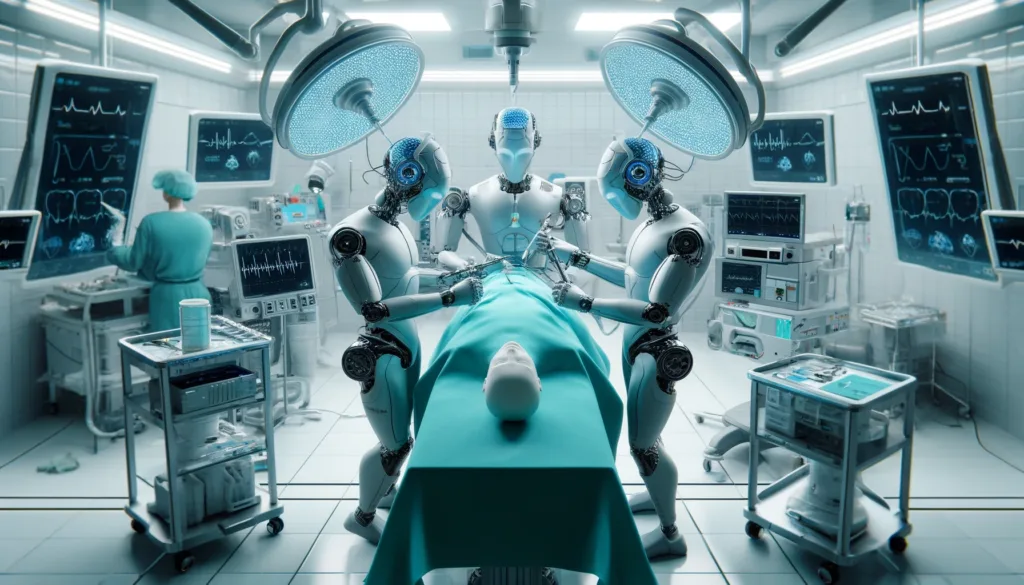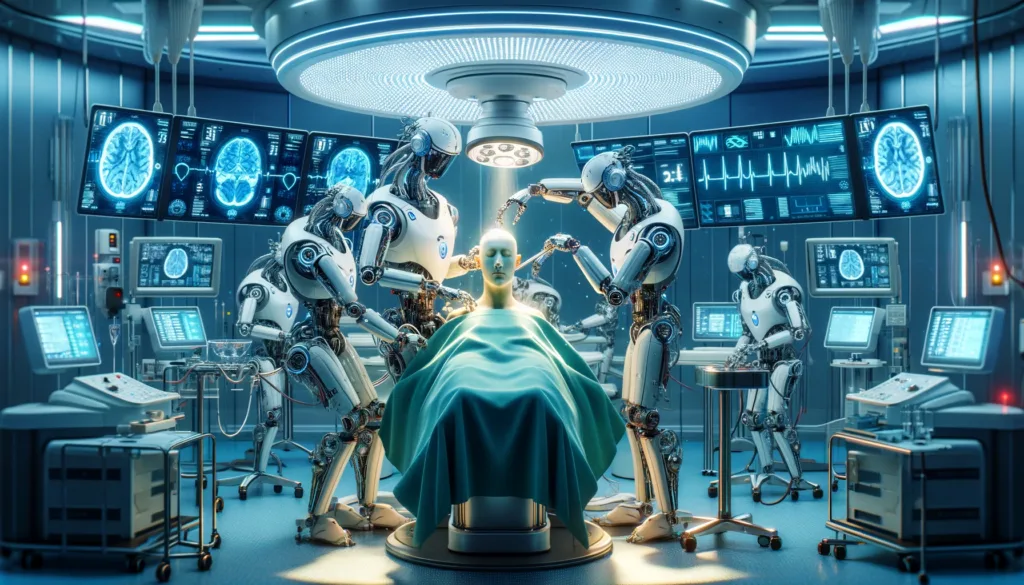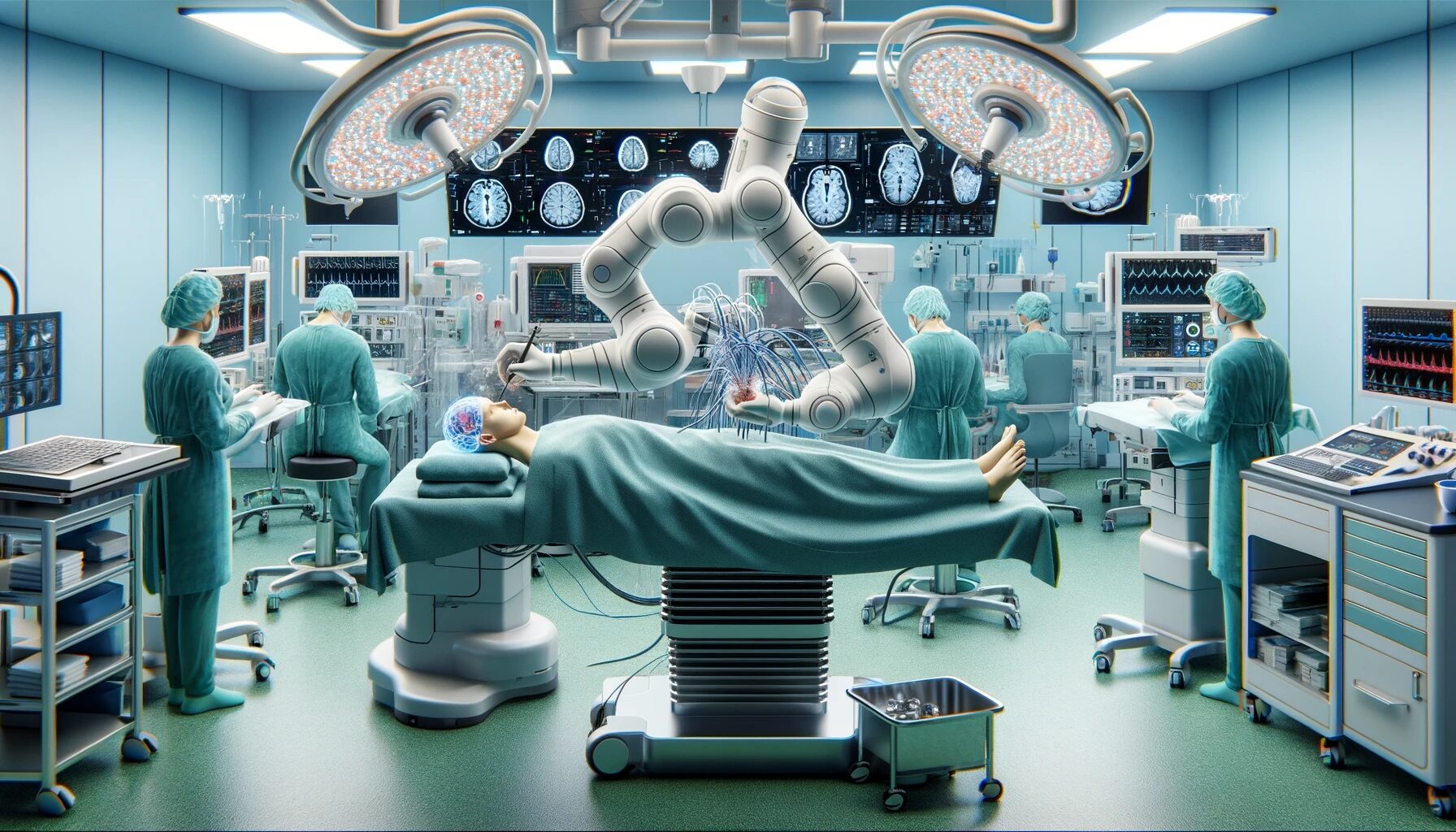Table Of Content
Imagine a world where a human head is being transplanted onto a new body. While that sounds like science fiction, it is closer to real life than you may think. Groundbreaking neurosurgeons like Dr. Sergio Canavero have been leading the charge in this controversial yet mesmerizing medical advance. Between excitement and skepticism about the said idea, recent technological and surgical innovations are going to show this may be a procedure within the near future.
Head Transplant Surgery
The transplanting of the head involves the removal of the head from the body of a donor onto the body of the recipient. In this procedure, reconnecting of the spine and nerves, and blood vessels should be performed so that the brain will be able to communicate effectively with the new body. Advanced robotic systems and AI are integral in helping surgeons with such an operation’s precision. Mainly, AI can predict and manage the very complex interaction that would set in between the nervous system and the new body, hence increasing the success rate. How Head Transplant Surgery Will Work with AI Robots Head Transplant Machine

Head Transplant Machine
The AI head transplant machine allows surgeons to map the huge network of nerves and blood vessels and reconnect them with perfection. Such a machine will provide real-time data and some special machine learning algorithms for helping the surgical team and thus reducing the margin of error. It also displays feedback and adjustment of the surgical procedure as per the real-time changes in vital signs and responses of the recipient during the surgery.

At the same time, a large number of ethical and technical problems have yet to be overcome so that such transplantation will not take on extreme forms and make a person a mere plaything of a scientist. A head transplant could offer new hope for patients with severe spinal injuries or degenerative diseases by giving them a second lease on life. With the advancement in science and technology, this dream of head transplant one day will surely come into reality and will prove to be a breakthrough in neurosurgery.
The step by step procedure for executing a Human Head Transplant (HHT)
The head transplantation in humans will be a very complex, multi-step surgical procedure entailing an extended preparation period, advanced technology, and a big team of medical personnel. The surgical process would start by preparing both the head of the recipient and the body of the donor. Both bodies would be cooled to around 10-15°C to reduce tissue damage and prevent the death of cells. This hypothermia slows metabolism down, giving the surgeons more time to work on this intricate process without creating further brain damage.
Once both patients are stabilized, the spinal cords would be severed, and the surgery could proceed. Using diamond-tipped surgical tools or blades as sharp as possible, very precise cuts would be done to limit the damage to nerve fibers, which are practically impossible to reconnect. Simultaneously, the detaching of blood vessels, muscles, trachea, and esophagus would be done piecemeal, with care not to harm any tissue that might impair functionality.
The head of the recipient and the body of the donor would then be connected. The surgeons would then connect the spinal cords at the junction, covering them with PEG or other substances that assist in the fusion of nerve membranes. Vascular connections, including arteries and veins, would have to be re-connected immediately so that oxygen-rich blood would flow to the brain; such blood vessels would require micro-sutures or synthetic grafts to prevent leakage to any specific area and to ensure no obstruction to the flow.
This would be followed by the reattachment of the trachea for breathing, esophagus, and muscles responsible for swallowing and locomotion. Many nerve endings, especially in the neck region, would need to be precisely joined for motor and sensory abilities to return. Electrical stimulation from surgeons may be used to jump-start the newly reconnected nerves and to stimulate early neural conduction.
Following the surgical stage, the patient would be induced into a medically comatose state for several weeks to allow for healing and to minimize motion around the extremely sensitive connections. Electrical stimulation devices would be attached that stimulated neural growth along the rejoined portion of the spinal cord and possibly increased the chances of recovery of motor abilities.
Once stable, the patient would undergo many months or even years of intensive rehabilitation. This would include physical therapy to regain motor skills, speech therapy to restore vocal control, and possibly occupational therapy to relearn essential activities. The psychological adjustment to the new body might also be hard and may require ongoing mental health support. If successful, the transplant could offer new possibilities to people with conditions such as severe paralysis or terminal organ failure. Many technical, ethical, and immunological hurdles remain.

